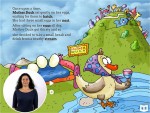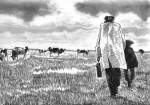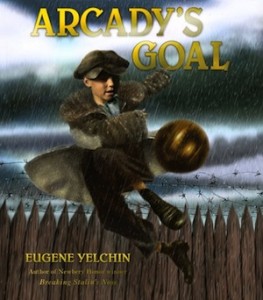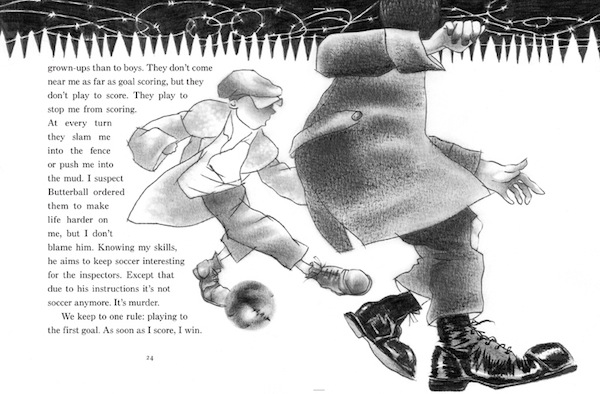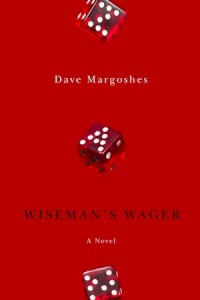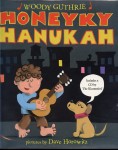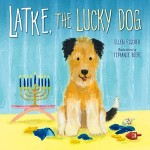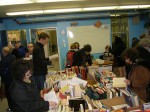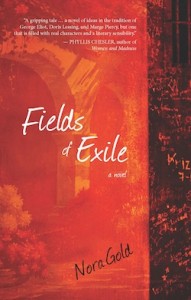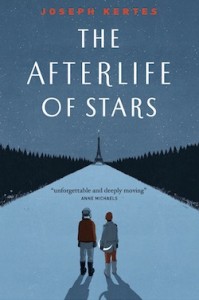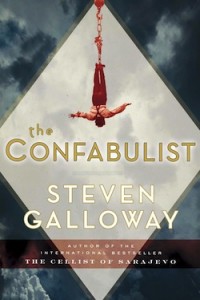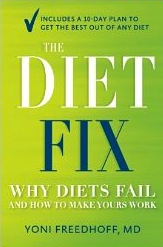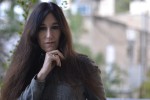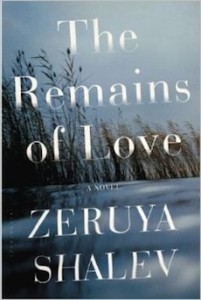A 17-year-old Jewish refugee in Paris on Nov. 7, 1938, shot Nazi diplomat Ernst vom Rath. The assassination provided Nazi Germany with a golden opportunity. Joseph Goebbels, Hitler’s propaganda minister, portrayed the teenager as an agent of the international Jewish conspiracy trying to provoke a war between France and Germany. Two days later, the Nazis orchestrated a surge of horrific violence against the Jews. More than 200 people died, 1,300 synagogues were destroyed and 7,500 Jewish shops were trashed in a spasm of hatred known as Kristallnacht.

The assassin, Herschel Grynszpan, became a notorious figure at the time, both in Germany and beyond. For anti-German voices, he became a cause célèbre. A top newspaper columnist with the New York Herald Tribune, Dorothy Thompson, stirred up widespread sympathy for Grynszpan, raising funds to hire a celebrated defence attorney for him. Grynszpan became so well known that Leon Trotsky, living in exile in Mexico, declared his “moral solidarity” with the assassin.
But, 20 years later, Grynszpan had become irrelevant to history. Hannah Arendt, in her book on the trial of Adolf Eichmann in 1961, dismissed Grynszpan as a psychopath. She wrote that Grynszpan was probably an agent provocateur used by the Gestapo to provide a pretext to escalate persecution of the Jews and eliminate a diplomat who was not an enthusiastic supporter of the regime. Today, historians show little interest in the assassin, believing, as Arendt did, that the Third Reich was looking for an excuse and the escalation of violence against the Jews would have taken place regardless of what happened in Paris. Yad Vashem does not even mention him in accounts of Jewish resistance to Nazi Germany.
Author Jonathan Kirsch says Grynszpan has been shortchanged. In The Short, Strange Life of Herschel Grynszpan (Liveright Publishing Corporation, 2014), Kirsch sets out to convince the reader that Grynszpan is an unrecognized hero of the Second World War. According to Kirsch, Grynszpan was a courageous Jew who stood up to Nazi power at a time that France and Britain were more interested in appeasing Hitler than confronting him. And, four years later, Kirsch writes, Grynszpan did something even more remarkable. He outsmarted Goebbels, undermining efforts to stage a show trial that Hitler wanted in order to justify the mass murder of the Jewish people.
Kirsch sees Grynszpan as a character in a mystery “deeply layered with conspiracy and intrigue, erotic scandal and rough justice.” As he paints his sympathetic portrayal of Grynszpan with colorful anecdotes and captivating details, he also raises intriguing questions about who can rightfully be considered a hero of the Second World War. The issue is complicated, especially since Grynszpan’s motive for shooting vom Rath has never been clear.
What is indisputable is that Grynszpan, caught in a bureaucratic labyrinth in Paris over his residency permit, with no money and fighting with his family, was becoming increasingly frantic in the days before the incident. His parents had moved to Hanover, Germany, in 1911, fleeing Radomsk, Poland, in an effort to escape a rising tide of antisemitism, but they never received German citizenship, despite living in the country for years. Officially, they were classified as Polish citizens living in exile in Germany.
With the Nazi Party victory at the polls in the 1933 election, the Grynszpan family, similar to many others, started to make plans to leave the country. But they never had enough money to do so. In desperation in 1936, they sent their 15-year-old son out of the country.
Grynszpan, staying with relatives in Paris, followed Hitler’s aggressive campaign against the Jews in the Yiddish papers. The news became increasingly alarming as 1938 unfolded. In March, the Third Reich formally absorbed Austria into Germany and Austrians took to the streets to terrorize the Jews of Vienna and other cities. In July, the international community met in the French resort town of Evian to develop a response to Nazi aggression but no one was willing to confront Nazi Germany or provide sanctuary to Jewish refugees. “Nobody wants them,” was the headline in a Nazi Party newspaper after the Evian conference.
Then, on Aug. 22, 1938, Germany revoked all residency permits issued to foreigners. They could not stay in Germany and Poland refused to repatriate Poles who lived in Germany. The Grynszpan family was in effect rendered stateless.
The Third Reich drew up arrest lists of 50,000 names on Oct. 26, 1938. Grynszpan’s family was on the list. The following day, his parents and two siblings were escorted to the police station. They were transported to the Polish border town of Zbaszyn, where they were trapped in a no-man’s land. Media reports provided detailed accounts of 12,000 Jews, deprived of food and shelter, and unable to enter Poland or return to Germany. The Yiddish newspapers reported the spread of deadly diseases and suicides. Grynszpan received a postcard from Zbaszyn on Nov. 3 from his mother. Four days later, he shot vom Rath.
When he was arrested, he had a postcard in his pocket. “My dear parents,” he wrote, “I couldn’t do otherwise. God must forgive me. My heart bleeds when I think of our tragedy and that of the 12,000 Jews. I have to protest in a way that the whole world hears my protest, and this I intend to do. I beg your forgiveness.”
He derailed the show trial shortly before it was to be held in Germany in 1942 by abandoning the rhetoric of heroism and revenge. Those familiar with history will not be surprised by the twist in events. Grynszpan asserted the shooting was as a result of a tiff between homosexual lovers.
Kirsch says his claim, which has never been backed up with any evidence, was Grynszpan’s greatest act of courage. Grynszpan understood Hitler’s loathing of homosexuality and destroyed the propaganda value of the show trial. The Third Reich did not want anything to do with homosexuality, even though Goebbels and others believed the claim to be a complete fabrication.
Despite their reputation for record keeping, the Nazi authorities did not document what happened next to Grynszpan. He just disappeared. A trial was never held; his place of incarceration was not recorded. His death was not documented, feeding conspiracy theories that he may have survived the war and continued living somewhere in Europe under a pseudonym.
So, where should we place Grynszpan in the pantheon of resisters? Can an act of personal revenge be considered heroism?
Grynszpan is clearly not of the stature of Mordechai Anielewicz, the hero from the Warsaw Ghetto uprising. But is he in the same league as Gavrilo Princip, the Bosnian Serb who assassinated Archduke Franz Ferdinand in 1914, sparking the First World War? Or Yigal Amir, who assassinated Yitzhak Rabin in 1995, derailing Israel-Palestinian peace efforts?
Holocaust historian Michael Marrus has said Grynszpan has his place in the register of futile but symbolic acts of resistance against unspeakable tyranny. Grynszpan was an ordinary youth who was driven to lash out against a ruthless tyranny, Marrus has written, and his story deserves to be better known.
Kirsch regrets that Grynszpan remains without honor, even among the people whose avenger he imagined himself to be. However, this well-written book may change how history regards the angry assassin.
Media consultant Robert Matas, a former Globe and Mail journalist, still reads books. The book reviewed here is available at the Jewish Public Library. To reserve it or any other book, call 604-257-5181 or email [email protected]. The catalogue is at jccgv.com, click on Isaac Waldman Library.


